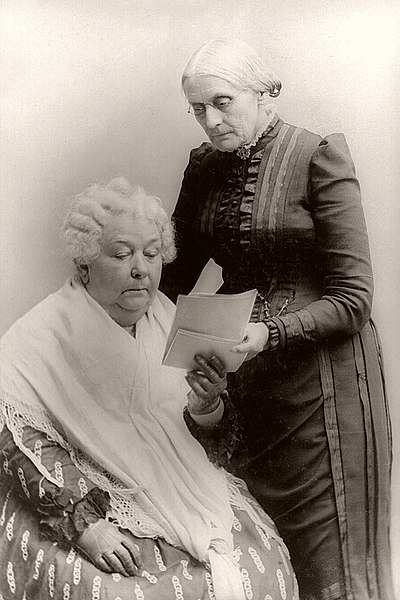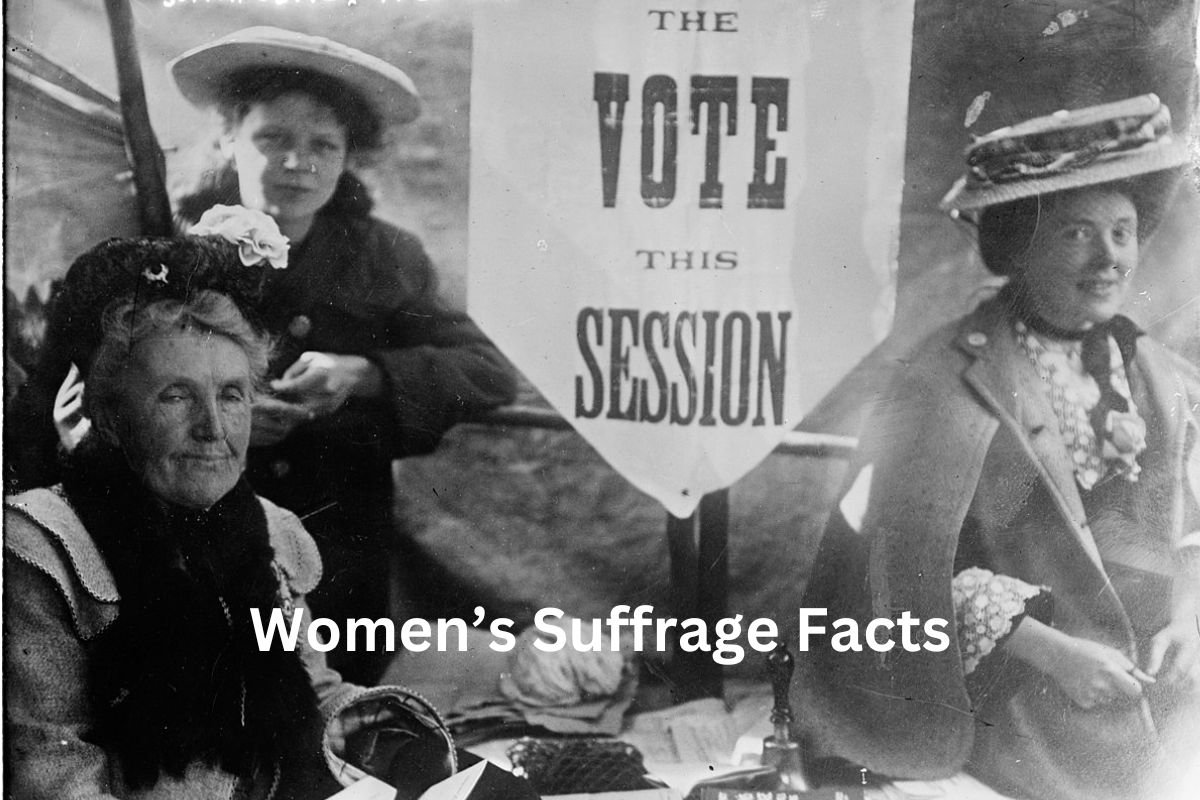The women’s suffrage movement was a social and political campaign that fought for women’s right to vote. Emerging in the late 19th century, it sought to challenge the prevailing notion that women were incapable or unworthy of participating in the democratic process.
Led by prominent figures such as Susan B. Anthony and Elizabeth Cady Stanton, the movement employed a range of strategies including grassroots activism, civil disobedience, lobbying, and legal efforts.
The suffrage movement not only aimed to secure voting rights for women but also addressed broader issues of gender equality in areas such as education, property rights, and employment opportunities.
Its impact was transformative, leading to significant milestones such as the ratification of the 19th Amendment in the United States in 1920, which granted women the right to vote.
The suffrage movement served as a catalyst for subsequent feminist movements and continues to inspire activists fighting for women’s rights worldwide.
Facts About the Women’s Suffrage Movement
1. Emerged in the late 19th century
The women’s suffrage movement emerged in the late 19th century as a response to the widespread denial of voting rights to women.
Also Read: Famous Suffragettes
Women activists began advocating for their right to participate in the democratic process and have a say in political decisions that affected their lives.

2. Fought for women’s right to vote
The primary objective of the suffrage movement was to secure voting rights for women. The movement aimed to challenge the prevailing societal norms and discriminatory laws that excluded women from participating in elections.
Also Read: Suffragette Movement Timeline
Women saw the right to vote as a crucial step towards achieving equality and a means to address issues that directly impacted them.
3. Seneca Falls Convention (1848) was its starting point
The Seneca Falls Convention, held in 1848 in Seneca Falls, New York, is considered a significant milestone and the starting point of the women’s suffrage movement in the United States.
The convention was organized by women’s rights activists, including Elizabeth Cady Stanton and Lucretia Mott. It brought together around 300 attendees, both women and men, to discuss and advocate for women’s rights, including the right to vote.
Also Read: Women’s Rights Facts
The convention resulted in the drafting of the Declaration of Sentiments, which declared that “all men and women are created equal” and called for equal rights for women, including suffrage.
The Seneca Falls Convention marked the beginning of a sustained and organized effort to fight for women’s suffrage and laid the groundwork for future activism and campaigns.
4. Leaders included Susan B. Anthony and Elizabeth Cady Stanton
Susan B. Anthony and Elizabeth Cady Stanton were prominent leaders and key figures in the women’s suffrage movement in the United States.
They played instrumental roles in organizing and mobilizing women activists. Together, they co-founded the National Woman Suffrage Association (NWSA) in 1869, which focused on advocating for a federal amendment to grant women the right to vote.
Anthony and Stanton tirelessly campaigned, delivered speeches, wrote articles, and lobbied for suffrage rights, leaving a lasting impact on the movement.

5. Faced opposition and stereotypes
The suffrage movement faced significant opposition and encountered resistance from various societal and political forces. Anti-suffrage arguments often relied on gender stereotypes and notions of women’s supposed inferiority.
Critics argued that women were too emotional or ill-suited for politics, and that granting them the right to vote would disrupt traditional gender roles and the stability of society.
Despite these challenges, suffragists persisted in their efforts, countering these arguments with reasoned arguments and highlighting women’s intelligence, capabilities, and the need for their voices to be heard in matters of governance.
6. 19th Amendment (1920) granted women the right to vote in the US
In the United States, the culmination of the suffrage movement was the ratification of the 19th Amendment to the Constitution in 1920. The amendment stated that “the right of citizens of the United States to vote shall not be denied or abridged by the United States or by any State on account of sex.”
It was a significant achievement for the suffrage movement and a major victory for women’s rights. The 19th Amendment opened the door for millions of women to exercise their right to vote and participate in the democratic process, marking a transformative moment in American history and inspiring women’s rights movements around the world.
7. International movement with New Zealand granting women’s suffrage first in 1893
The suffrage movement was not limited to the United States; it was an international phenomenon. New Zealand became the first self-governing country to grant women the right to vote in national elections in 1893.
Australia followed suit in 1902, and Finland became the first European country to grant women suffrage in 1906. Norway granted full voting rights to women in 1913.
Other countries gradually extended suffrage rights to women, with some granting it before or after the United States. For instance, Canada granted federal voting rights to women in 1918, while France did so in 1944.
8. Addressed issues beyond voting rights
While the suffrage movement primarily focused on achieving voting rights for women, it also addressed a range of other issues affecting women’s lives.
These issues included access to education, property rights, employment opportunities, reproductive rights, and the right to participate in public life.
The suffrage movement was part of a broader fight for gender equality and sought to challenge and dismantle gender-based discrimination in all areas of society.
9. Used activism, civil disobedience, lobbying, and legal strategies
The suffrage movement employed a variety of strategies to advocate for women’s right to vote. Suffragettes, as the activists were often called, engaged in grassroots activism, organized rallies, marches, and protests, and used civil disobedience tactics to raise awareness and exert pressure on policymakers.
They also utilized lobbying efforts, public speaking engagements, and media campaigns to gain public support and sway public opinion in favor of women’s suffrage. Additionally, suffragists pursued legal strategies, filing lawsuits and challenging discriminatory laws in court to advance their cause.
10. Paved the way for gender equality and social change
The suffrage movement had a profound and lasting impact on society. It paved the way for greater gender equality and social change.
By expanding women’s participation in politics, the movement challenged traditional gender roles and expectations, paving the way for subsequent feminist movements.
The suffrage movement also inspired activists around the world and served as a catalyst for advancements in women’s rights globally. Today, its legacy is still felt, as women continue to fight for equality and advocate for their rights in various spheres of society.
